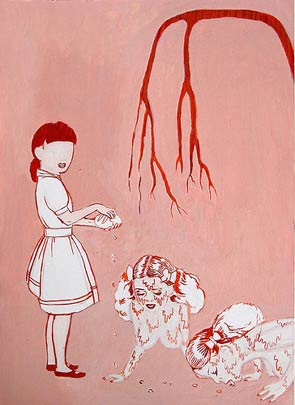Traditional newspapers that move online are about to lose the war against pure players and aggregators. Armed with the conviction their intellectual superiority makes them immune to digital modernity, newspapers neglected today’s internet driving forces: relying on technology to build audiences and the ability to coalesce a community over any range of subjects — even the most mundane ones. […]
On one side, legacy medias: Great franchises who grew on strong values, such as “pristine” journalism, independence, storytelling, fact-checking, solid editing, respect for the copyright… Along the way, they made their share of mistakes, but, overall, the result is great. After all, at the height of the Fourth Estate’s power, the population was better informed than today’s Facebook cherry-pickers. Now, this (aging) fraternity faces a new generation of media people who build their fiefdom on a completely different set of values. For instance, the notion of copyright has become exceedingly elastic. A few months ago, Flipboard began to aggregate contents from French news organizations, taking large excerpts — roughly capturing the essence of a story — along with a token link back to the original content. […]
On July 5th, The Wall Street Journal runs an editorial piece about Mitt Romney’s position on Obamacare. The rather dull and generic “Romney’s Tax Confusion” title for this 1000 words article attracted a remarkable 938 comments.
But look at what the Huffington Post did: a 500 words treatment including a 300 words article, plus a 200 words excerpt of the WSJ opinion and a link back (completely useless). But, unlike the Journal, the HuffPo ran a much sexier headline :
Wall Street Journal: Mitt Romney Is ‘Squandering’ Candidacy With Health Care Tax Snafu
A choice of words that takes in account all Search Engine Optimization (SEO) prerequisites, using high yield words such as “Squandering”, “Snafu”, in conjunction with much sought-after topics such as “Romney” and “Health Care”. Altogether, this guarantees a nice blip on Google’s radar — and a considerable audience : 7000+ comments (7x more than the original), 600 Facebook shares, etc.
HuffPo’s editors took no chance: the headline they picked is algorithm-designed to yield the best results in Google.
{ Monday Note | Continue reading }






















